CSG = Coalseam Gas
CBM = Coalbed Methane
NGC = Natural Gas from Coal.
After the endless water well problems and contamination in the USA from CBM, industry wanted to frac CBM in Canada but didn’t want farmers to know it was CBM so they changed the name to NGC. Like the ERCB becoming EUB becoming ERCB again then transforming into AER. They think rural people won’t figure their spin out?
Farmer speaks out about CSG impact on water aquifers by Brooke Duncan, 5th Jul 2019, Chinchilla News
WHEN CSG workers first arrived at Brian Bender’s Chinchilla property, he was told there would be little – if any – impact on his groundwater.
Fast forward to 2019 and Mr Bender’s water bores are just a few of hundreds that have been depleted by the resource industry.
In recent years, Mr Bender has had six of his water bores decommissioned, the last in August 2018.
Three were long-term impacted by draw-down, while the other three were affected by free gas which made them unsafe to use. [All Rosebud/Redland water wells affected by Encana’s illegal aquifer fracing for CBM had significant draw down, and massive concentrations of methane with some ethane contaminating the water. A few water wells in the area went dry or filled in with sand]
“The process of getting decommissioned is improving, but they do affect bores,” Mr Bender told the Chinchilla News.
“People need to wake up to themselves that this industry is taking a lot of water. It’s just unsustainable.”
Up to 101 bores in the Chinchilla, Roma and Miles are expected to be affected by CSG activity within the next three years, according to the latest draft Underground Water Impact Report from the Office of Groundwater Impact Assessment.
All will be subject to make-good agreements, where gas companies are obligated to make up for the damage done. [Nothing like that in Canada!]
The report outlines in the long-term, an estimated 574 bores will be affected by CSG companies. [How stupid is that?!~]
As part of the draft UWIR, OGIA hosted a series of community information sessions throughout the Surat Basin.
Contamination, 200 year turnarounds, and the ongoing legacy of Linc Energy were discussed at the Chinchilla meeting.
Good information – but still not enough
THE last impact report was completed in 2016. For OGIA general manager Sanjeev Pandey, the key message is the office has been able to revise predictions on the cumulative impacts of CSG industry. [Nothing like that happening in Alberta!]
“New data and information helps us to understand impacts,” Mr Pandey said.
According to the report, the Hutton Sandstone and Condamine Alluvium aquifers are now predicted to experience less impacts than in the 2016 models, while the Walloon Coal Measures and Springbok Sandstone will experience even more.
Chinchilla resident and consultant Shay Dougall said the data has never been more complete.
That said, the data was in Mrs Dougall’s words “disturbing”.
200 years to return to pre-CSG levels
FOR Dulacca landholder and Basin Sustainability Alliance chairman Lee McNicholl one of the biggest issues is unsustainability.
He said the OGIA model predicts it will be at least 200 years before water standing levels returns to what they were before the onset of the gas industry.
“The bottom line is we are taking more than what is being recharged. It will take at least 200 years to correct this,” Mr McNicholl said.
“I sound like a cracked record but it’s high time we start taking water management a lot more seriously.”
Contamination concerns
ONE question that got no clear response surrounded the impacts of contamination of the Linc Energy site.
Ms Dougall said she was told she would need to complete a Right to Information Request to access any information about the potential movement of contamination from the Linc Energy site through draw-down on affected bores.
It’s also Mr Bender’s biggest concern – especially after the Department of Environment and Science allowed for monitoring bores close to the site.
“There’s a water bore in the middle of the Linc site that’s been predicted to drop long term by 160m,” Mr Bender said.
“It’s next-door neighbour has a long-term drop of about 140m, and on the western boundary the neighbour to Linc is 120m.
“So there’s three bores within not very far of the Linc Energy site that are predicted by OGIA to drop by more than 120m over the long term.”
“Water moving away from that site is potentially dangerous with contamination risks.
“You don’t want that water moving any faster than it does naturally.”
Should coal mining take be included?
IN ALL past UWIRs there is one industry that’s crucially been left out – coal mining.
However, Mr McNicholl said that could change, with the DES now gauging support for including the water take of coal mines in future reports.
“It’s insanity that it hasn’t been, because the coal industry targets the Walloon Coal Measures,” Mr Nicholl said.
“They are another major taker on an unlimited basis.”
He said the BSA “enthusiastically supported” the proposition to include the coal industry take in future reports.
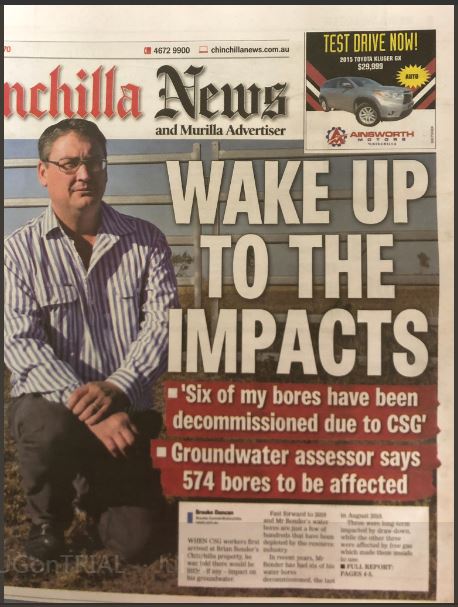

Refer also to:
2006 02 28: Alberta Government 2006 Legislature promise of permanent, safe alternate water to citizens with methane contaminated water in hydraulically fractured (aka stimulated) coalbed methane areas Promise violated, of course.
2006 08: Ernst’s blow torch water after Encana illegally frac’d the fresh water aquifers that supply Rosebud community with drinking water, picked up by National Geographic five years later:
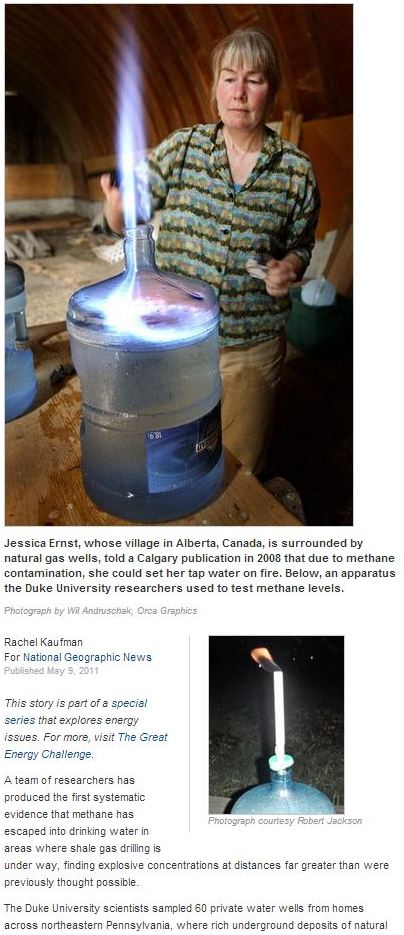
2009 03 09: Study Overview: Groundwater management and coal bed methane development in the Powder River Basin of Montana Dr. Tom Myers’ work a decade ago is proving quite (too) accurate.
Coal bed methane (CBM) development will eventually pump more than 124 000 ha-m of groundwater, or more than 40% of the recharge, from the coal seam and sandstone aquifers of the Montana portion of the Powder River Basin (PRB). This will relieve the hydrostatic pressure, by causing a drawdown in the potentiometric surface and drawing groundwater from storage and natural discharges, to release the methane gas. A numerical groundwater flow model simulated drawdown that will exceed 90 m in the middle of the CBM fields with 6-m drawdown extending up to 29 km from the fields. Simulation results indicate that river flux [flow] will decrease up to 40% and drawdown will encompass hundreds of wells and springs.
Recovery requires up to 45 years for significant decreases in river flux to recover and is not complete for 200 years.
2011 08 03: Australian Petroleum Association: Coal seam damage to water inevitable
The coal seam gas industry has conceded that extraction will inevitably contaminate aquifers. “Drilling will, to varying degrees, impact on adjoining aquifers,” said the spokesman, Ross Dunn. “The intent of saying that is to make it clear that we have never shied away from the fact that there will be impacts on aquifers,” Mr Dunn said.
2013 04 01: GAS LEAK! ABC Four Corners on Coal Seam Gas (Coalbed Methane) in Australia

VIDEO: Interview with Simone Marsh, Senior environmental specialist (Four Corners)
But why weren’t these problems picked up in the development approval process? The answer is simple: according to one insider, the approval process is significantly flawed. Four Corners reveals what really happened when two major companies applied to develop thousands of square kilometres of southern Queensland for coal seam gas. Using hundreds of pages of confidential documents, the program reveals that the companies didn’t supply enough basic information for an informed decision to be made about environmental impacts. Despite this, various government agencies permitted the developments to go ahead, allowing the companies to submit key information at a later date. A decision which shocked some who were involved:
“It was quite frightening that they would consider approving such a project without the basic information that a normal mining project would have been asked to submit, given that this was like six hundred times the size of your standard, large mine.”
This same insider claims pressure was applied to the bureaucracy to fast track approval for coal seam gas development. This allegation would deeply concern many farmers who have seen their land used for coal seam gas sites and raises significant concerns about the future expansion of the industry across Australia.
2013 05 05; Queensland’s Health Minister Springborg refuses to drink Coal Seam Gas water
The Science is Deafening
Industry’s Contamination Everywhere
Regulator and Protective Agencies Run for Cover
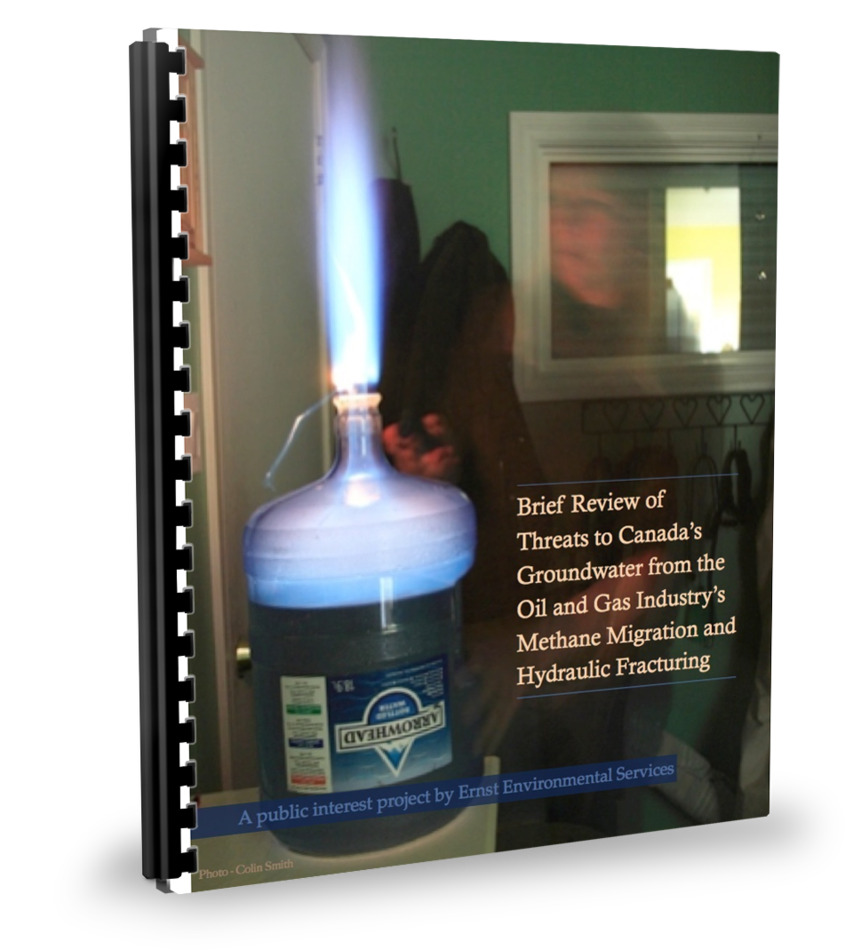
2014 08 28: Canadian Association of Petroleum Producers: Coal bed methane operations contaminate water resources Advertisement by CAPP in the Calgary Herald!
Yet CAPP’s Alex Ferguson says many worries about water quality are based on past operations involving coal-bed methane — shallow deposits in closer proximity to groundwater. These did occasionally contaminate water resources, he says. In some of the more infamous instances, affected landowners could light their well water on fire.
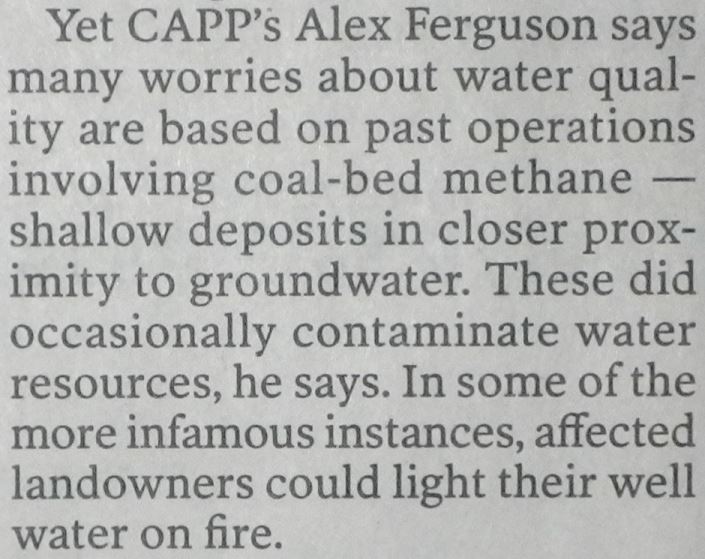
Alex Ferguson was appointed Commissioner and CEO of the BC Oil and Gas Commission from 2007-2011
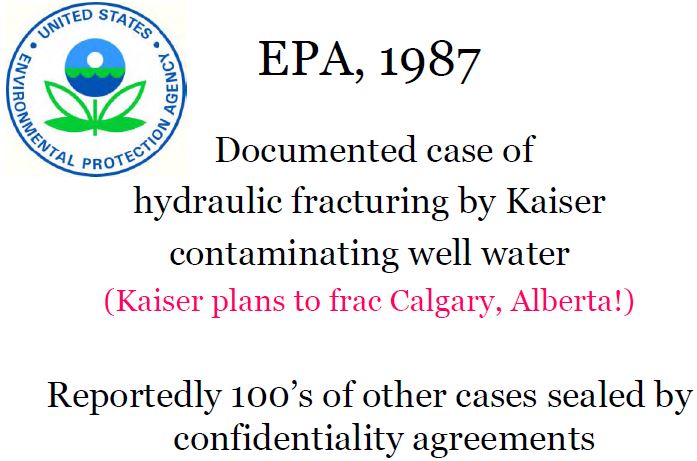


2016 01 26: “Total Farce” Australia’s national assessment of chemicals used in CSG (CBM) 2.5 years delayed: Is industry afraid of sick families finding out what they’re being poisoned by?
2016 04 15: Frac ‘n Fraud Down Under: Origin Energy execs kept aquifer contamination secret for more than 1.5 years, knew CSG (CBM) wells leaking into aquifers. Are Origin Energy CSG (CBM) wells contaminating Condamine River with ‘intensifying’ methane bubbling too?
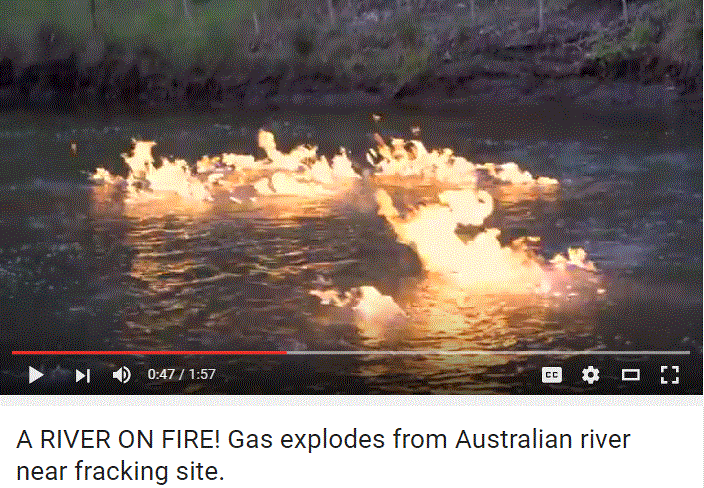
****
Read more about the horrific impacts from CBM/CSG/NGC in Andrew Nikiforuk’s book Slick Water
